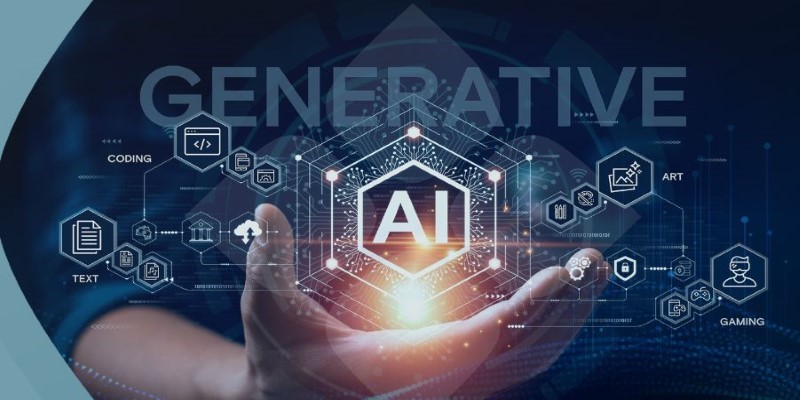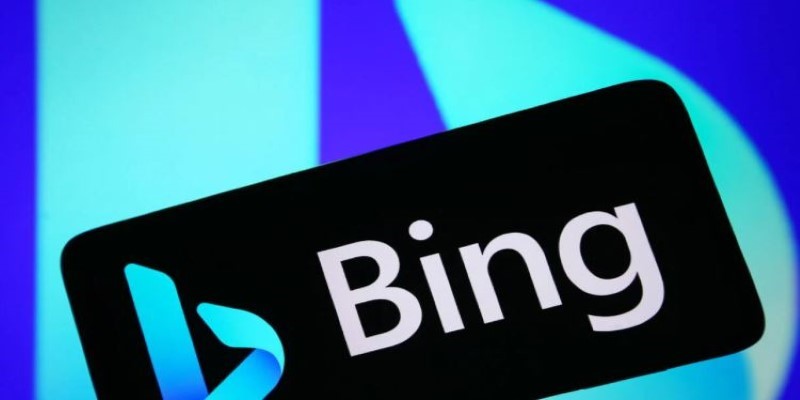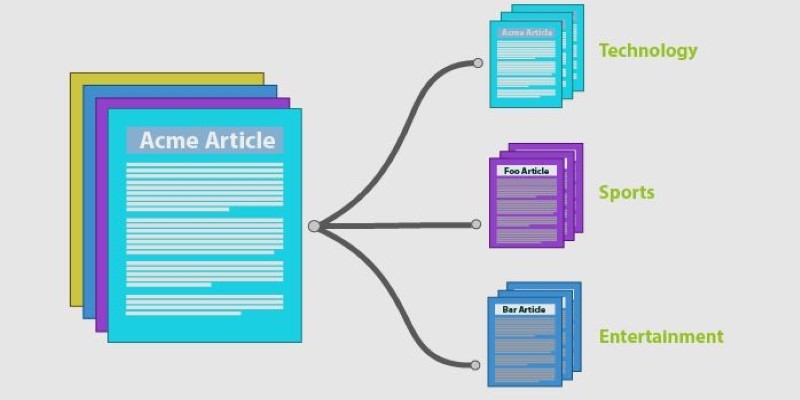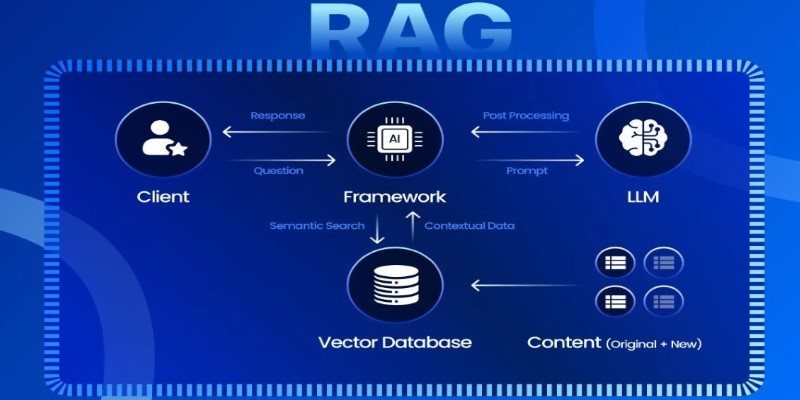Artificial intelligence (AI) is transforming the way educators assess student performance. Traditional grading methods are often time-consuming and subject to human bias. Machine learning automates assessments, providing faster, more accurate, and consistent results. AI-powered grading tools help teachers focus more on student engagement rather than manual evaluations. This shift is improving education by making assessments more efficient and fair.
The Traditional Grading System and Its Challenges
Traditional grading methods involve teachers manually reviewing and scoring student work. While this process allows for personalized feedback, it also comes with several challenges:
- Time-Consuming Process – Teachers spend hours grading assignments, reducing the time available for classroom instruction and student engagement.
- Inconsistencies and Bias – There can be differences in how people grade because of their views, tiredness, or mental bias.
- Delayed Feedback – Students often wait days or weeks to receive their results, slowing down their learning progress.
- Scalability Issues – Manual marking isn't possible for big groups, which causes delays and waste.
These challenges highlight the need for a more efficient grading system, which AI and machine learning are now addressing.
How AI is Enhancing the Grading Process

Machine learning techniques are used by AI-driven marking systems to quickly and accurately look at and grade student answers. These methods can handle a lot of different kinds of tests, from written writing to multiple-choice tests. Here are the main ways AI is changing how grades are given:
Automated Grading for Multiple-Choice and Short Answers
Multiple-choice tests and short answer answers can be graded immediately by tools that AI drives. These methods check student answers against lists of already right answers, so there's no need to check each answer by hand. Some of the perks are:
- Instant results and feedback
- Elimination of human errors
- Consistent and fair assessment
AI-Powered Essay and Writing Assessment
Natural language processing (NLP) models let AI grade student writings based on a number of factors, such as
- Grammar, punctuation, and spelling
- Sentence structure and readability
- Logical flow and coherence
- Relevance to the assigned topic
- Plagiarism detection
AI grading tools not only assign scores but also provide detailed feedback to help students improve their writing skills.
Providing Instant and Personalized Feedback
AI-driven grading systems provide immediate feedback, allowing students to learn from their mistakes in real time. It is particularly valuable in subjects like language arts and mathematics, where timely corrections can significantly improve understanding. The advantages of instant feedback include:
- Faster comprehension of mistakes
- Encouragement of self-paced learning
- Increased student motivation and confidence
Reducing Teacher Workload
By automating repetitive grading tasks, AI allows teachers to focus on more meaningful aspects of education, such as:
- Developing engaging lesson plans
- Providing one-on-one support to students
- Encouraging critical thinking and creativity
With AI handling routine assessments, educators can dedicate more time to personalized instruction.
Ensuring Fair and Objective Grading
AI grading eliminates potential biases that can arise from human evaluation. Since machine learning models follow predefined grading rules, they apply the same standards to every student, ensuring fair and objective assessments.
Handling Large-Scale Assessments Efficiently
In institutions with large student populations, AI-powered grading systems streamline the evaluation process. Whether in schools, universities, or online learning platforms, AI enables educators to assess thousands of assignments efficiently.
AI Grading in Different Educational Settings
AI-powered grading tools are making an impact in various educational environments, from primary schools to higher education institutions.
K-12 Schools

Elementary and high schools use AI grading systems to assess quizzes, spelling tests, and written assignments. These tools provide quick evaluations, allowing teachers to focus on improving student engagement.
Higher Education
Universities use AI grading to assess large volumes of student work, particularly in standardized tests and written assignments. Professors benefit from AI-driven systems by reducing grading time while ensuring consistency in assessment.
Online Learning Platforms
E-learning platforms use AI to automatically grade student assignments, allowing for scalable online education. AI grading ensures that learners receive instant feedback, even in massive online courses with thousands of students.
Challenges and Limitations of AI in Grading
Despite its advantages, AI-based grading has certain limitations:
- Difficulty in Evaluating Creativity and Critical Thinking – AI may struggle to assess aspects like original thought, argument strength, and emotional expression in writing.
- Dependence on Data Quality – AI models require extensive training data to function effectively. Poor-quality data can lead to inaccurate grading.
- Errors and Misinterpretations – AI may misinterpret complex or nuanced responses, necessitating human oversight.
- Ethical Concerns – AI grading raises questions about data privacy, fairness, and transparency in educational assessments.
The Role of Educators in AI-Powered Grading
AI is a powerful tool, but human oversight remains essential. Teachers and administrators should:
- Use AI grading as a supplementary tool rather than a complete replacement for human evaluation.
- Review AI-generated feedback to ensure accuracy, especially in subjective assessments like essays.
- Train students on how to interpret AI feedback constructively.
- Ensure that AI grading tools are aligned with learning objectives and curriculum standards.
Ethical Considerations in AI-Based Grading
As AI grading becomes more prevalent, institutions must address ethical concerns to ensure responsible implementation:
- Transparency in AI Decisions – Schools should communicate how AI assigns grades and ensure that students and teachers understand the grading criteria.
- Data Privacy Protection – Student data should be securely stored, preventing unauthorized access or misuse.
- Fairness and Equity – AI models should be trained on diverse datasets to prevent biases that may disadvantage certain student groups.
Conclusion
AI in grading is transforming education by automating assessments, providing instant feedback, and ensuring consistency in evaluations. Machine learning algorithms make the grading process more efficient, allowing teachers to focus on enhancing student learning experiences. While AI grading has limitations, integrating it responsibly with human oversight ensures a balanced approach to assessment. By embracing AI-powered grading, educators can create a more effective and equitable learning environment for students.











